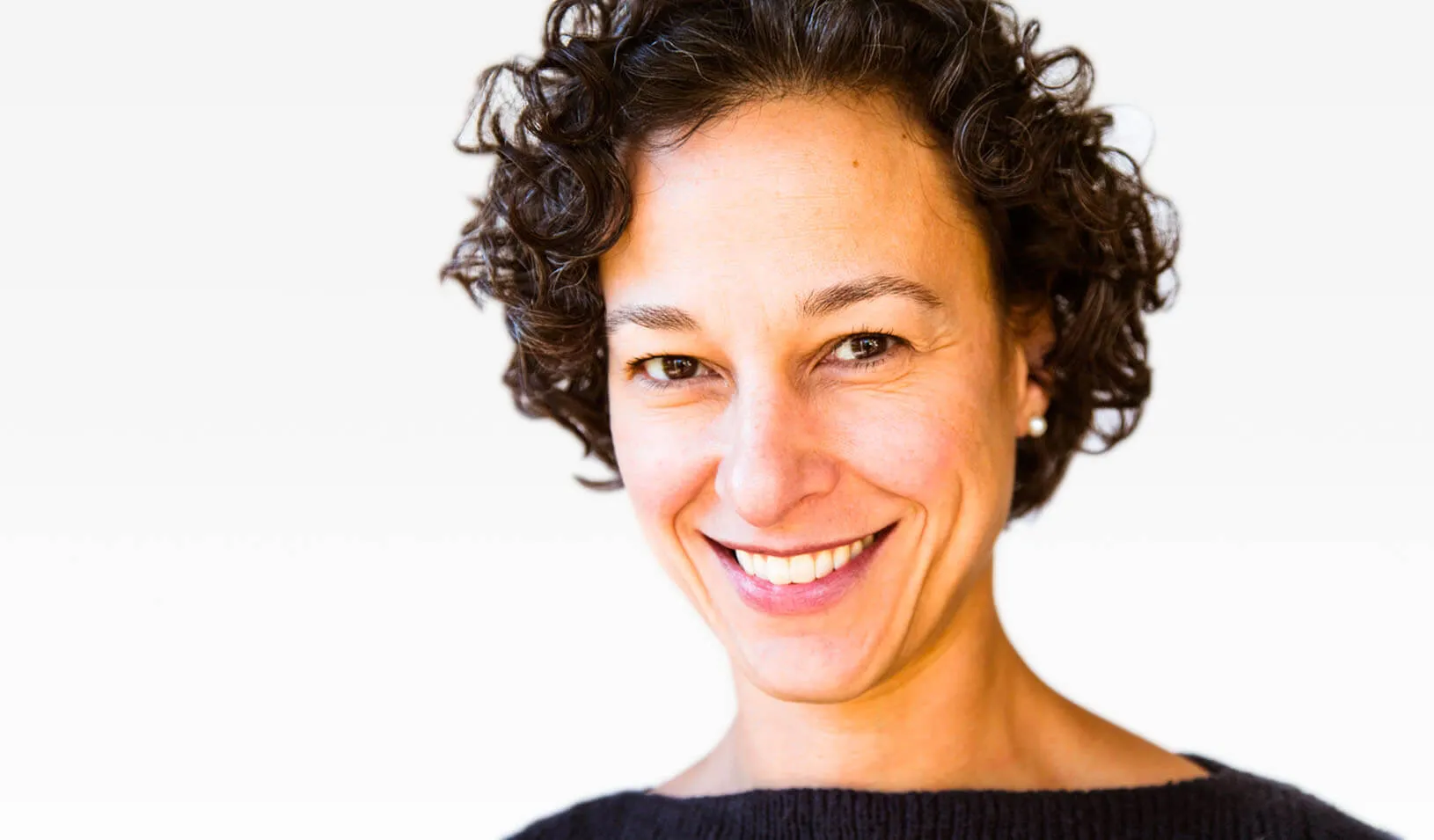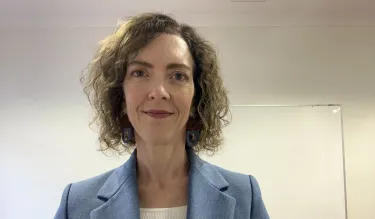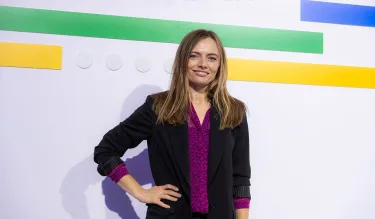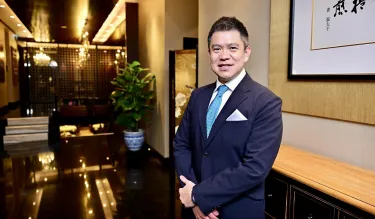Conservancy Leader Cultivates Change, Transforms Nonprofit’s Strategy
The Executive Program in Strategy and Organization gave Layla George, MBA, president and CEO of Olmsted Parks Conservancy, the tools to transform her organization’s strategy.
December 20, 2022

Making the world a better — and greener — place is Layla George’s mission. She grew her career in sustainable farming and education, teaching children to be stewards of their environment. “Nonprofits were a natural fit for me,” the Kentucky native says. She later moved into public broadcasting, becoming Director of Development for Louisville Public Media.
After 20 years in the nonprofit world, Layla decided to pursue a Master of Business Administration (MBA) degree. “I was really good at fundraising, but I wanted to beef up my financial skillset,” Layla recalls. “I knew I wanted to run a nonprofit. To get the top job — and to convince board members I could do it — I needed more education.
Layla received her MBA in 2018. That same year, she was hired as President and CEO of Olmsted Parks Conservancy, which restores, preserves, and enhances Louisville’s 17 historic parks and connecting parkways. (Note: Renowned 19th-century landscape architect Frederick Law Olmsted designed Louisville’s park system as well as New York City’s Central Park and the Stanford campus.) “Our parks are the urban core of our city,” Layla says. “I had the opportunity to affect positive change in areas of our community that haven’t seen investment.”
Under Layla’s leadership, the nonprofit received its largest-ever gift of $8 million to purchase 25 acres of land adjoining one of their parks. “This was a huge opportunity for us to grow the parks system,” she says. At this juncture, the conservancy’s board offered Layla an opportunity to travel to other urban parks or participate in an executive education program.
Being a lifelong learner — and realizing the challenge of expanding the city parks system — Layla chose to engage in an executive education program at Stanford Graduate School of Business.
Rethinking a Nonprofit’s Strategy
In August 2022, Layla participated in the Executive Program in Strategy and Organization — a rigorous, two-week, on-campus program that teaches business leaders how to diagnose and solve problems using proven frameworks for executing change. Layla wanted to learn in person, alongside other organization leaders. “And I liked the idea of leaving work behind for an immersive program, focusing on high-level strategic thinking, without having to put out fires.”
The program focuses on three key areas: Strategic Management, Organizational Theory, and Personal Leadership. Layla learned the concept of “creating and capturing value” for customers, which is woven throughout the curriculum. That created a “light bulb moment” for Layla, which shifted her thinking about her organization’s direction.
Layla’s challenge: The conservancy was in charge of maintaining the new 25-acre parcel; however, the city took care of the other parks. Should her organization move to manage all the properties? “I learned about how to create and capture value from our park users,” she says. “And I realized our value is not in cutting the grass and cleaning up trash. Our value is in higher-level ecological restoration and natural areas management, not maintenance. Day one in class, I thought OK, there’s my answer.”
Implementing Organizational Change
The program gave Layla the business skills to reshape her nonprofit organization’s strategy. “Most nonprofits focus on their goals and budgets, but they don’t have the strategic logic to back it up,” Layla explains. “We learned that a strategy is constantly evolving.”
Layla also learned the key to the conservancy’s growth was better communicating their value proposition to members, donors, and the Louisville community.
“Our work hasn’t changed, but how we communicate the scientific research behind our work — and the importance of understanding climate change — that has changed. Our long history in this work is our advantage. It’s a big deal.” She’s also applying what she’s learned to reorganize staff, expand fundraising capability, and introduce new revenue models.
Learning with peers from around the globe, including those from the public sector and corporate worlds, helped Layla engage with the material and form lasting friendships. “We talked about what we were learning all the time. We still communicate daily on a chat,” she says. “That’s indicative of the type of student Stanford attracts. It was a wonderful experience.”
Learn More About This Program
Executive Program in Strategy and Organization
Explore More Participant Spotlights
Executive Finds Benefit in Leading with Compassion -- For Herself and Others

Technology Leader Prepares for the Future of AI

Prison Service Leader Prepares for New Era of Rehabilitation for Ex-Offenders
